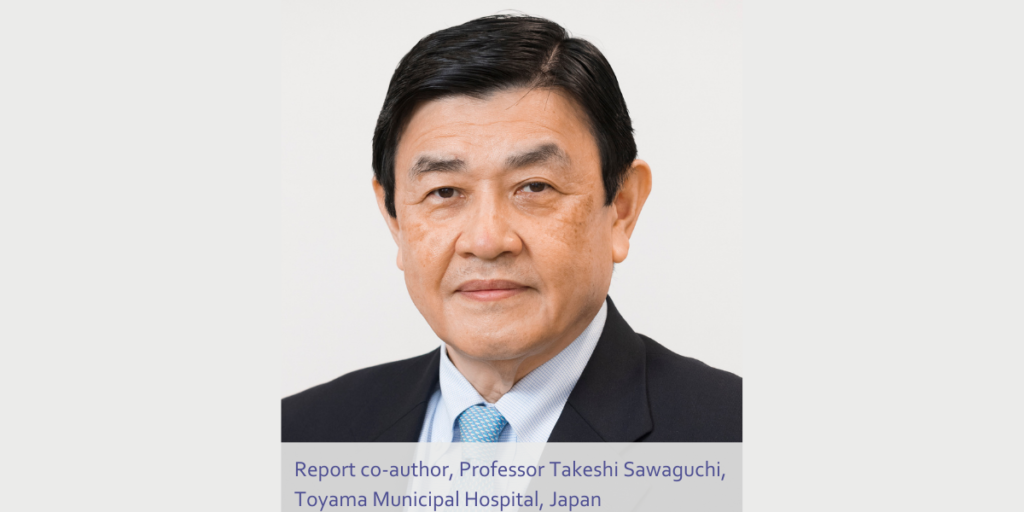The recent launch of the pioneering, multi-stakeholder alliance, Bone Health Alliance Malaysia (BHAM), represents a collaborative partnership between three leading Malaysian osteoporosis societies – Osteoporosis Awareness Society of Kuala Lumpur and Selangor (OASKLS), Fragility Fracture Network Malaysia (FFNM), and the Malaysian Osteoporosis Society (MOS). The national initiative aims to:
- Improve bone health education among local communities;
- Correct the misconception that osteoporosis is unpreventable;
- Organise meaningful stakeholder engagement; and
- Enhance osteoporosis treatment and diagnosis to improve patient outcomes.
Epidemiological data predicts that by 2050, six million hip fractures will occur globally each year. Perhaps even more concerning is the fact that half of these hip fractures are set to occur in the Asia Pacific region.
Globally, between 70-85 per cent of patients presenting to their primary care physician (PCP) or hospital with a minimal trauma fracture, are neither assessed for osteoporosis, nor appropriately managed, to prevent further fractures. Tragically, most individuals who sustain a hip fracture deteriorate in mobility, and became more dependent upon others in performing activities of daily living, noting only one-in-four of those who experience a hip fracture resume normal levels of activities.
Similar to many other countries in the Asia Pacific region, Malaysia is currently witnessing a substantial increase in both the proportion, and absolute numbers of older people. In 2010, only five per cent of the Malaysian population (1.4 million) was aged 65 years and over. By 2040, the population is predicted to increase to 14.5 per cent, or six million people. Concerningly, a 2018 study comparing data on the incidence rate of hip fractures of nine countries in the Asia Pacific predicted Malaysia would experience the highest (3.55 fold) increase in the total number of hip fractures by 2050.
Osteoporosis remains under-diagnosed and under-treated in Malaysia. Furthermore, nearly eight-in-10 (77 per cent) Malaysian women living with post-menopausal osteoporosis (PMO), are undiagnosed. A distinct lack of awareness and understanding of the importance of bone health, coupled with minimal recognition of osteoporosis as a health priority, has meant this silent and asymptomatic disease often goes unnoticed, until patients experience a fracture.
These alarming statistics emphasise the urgent need for early detection, in order to slow disease progression for those living with osteoporosis, or to prevent development of the silent disease in those at high risk.
According to Orthopaedic Surgeon and APFFA co-Chair, Dato’ Dr. Joon-Kiong Lee, Malaysia, surgery can be high risk for an older person who sustains a fracture due to their age and other health complications that arise. Bone fractures, particularly of the spine or hip, are the most serious complications of osteoporosis.
“Prevention, early detection, and continuity of bone heath optimisation is pivotal in tackling the growing burden of osteoporosis,” said Dr Lee.
BHAM’s mantra – ‘Don’t Wait Till It Breaks, Check Your Bones’ – reinforces the importance of being proactive in mitigating risk, and preventing fractures.
BHAM has recently launched the BHAM Facebook page – a digital resource centre and community engagement tool designed to educate patients, caregivers, and high-risk individuals, about how to proactively care for their bone health, perform self-risk assessments, and learn their risk of developing osteoporosis.
For more information, head to, and follow the BHAM Facebook page.





